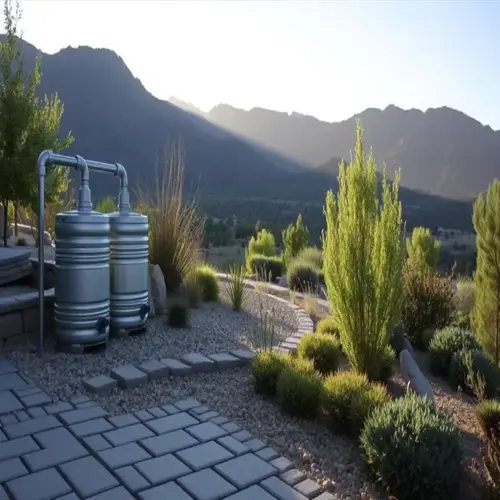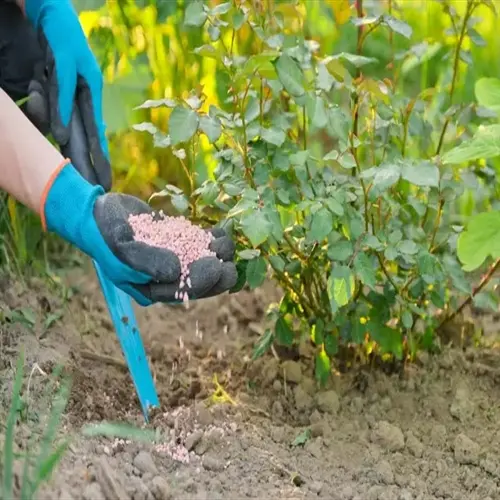How should harvested beets be stored?

Written by
Michael Sullivan
Reviewed by
Prof. Samuel Fitzgerald, Ph.D.The right way to store beets will ensure optimal flavor and texture for multiple months. The most important aspect of proper beet storage is maintaining their skin, which acts as a natural protective coating, and managing the temperature and humidity levels. Since I learned the procedure after a few months of gardening, I have been able to keep beets through winter. First, prepare the roots as soon as they are harvested to preserve freshness and minimize decay.
Preparation Phase
- Soil removal: Dry-brush dirt gently without washing to preserve protective skin
- Leaf trimming: Cut greens to 1-2 inches (2.5-5 cm) above crown using sterilized shears
- Damage control: Separate damaged beets for immediate use to prevent rot spread
- Sorting: Group by size since smaller beets store longer than large ones
Curing Process
- Location: Shaded well-ventilated area at 60-65°F (16-18°C)
- Setup: Arrange in single layer on mesh racks allowing air circulation
- Duration: 4-6 hours to heal micro-abrasions and seal in moisture
- Signs of completion: Skin develops slight sheen and feels papery dry
Storage Environments
- Refrigeration: Maintain 32-40°F (0-4°C) with 90-95% humidity
- Root cellaring: Layer in damp sand at 95% humidity for extended storage
- Freezing preparation: Cook, peel, and vacuum-seal for long-term preservation
- Container choice: Perforated plastic bags with damp paper towels for fridge storage
Inspect beets in storage weekly for any changes in quality. Look for soft areas, wrinkles, or mold. Please remove any affected roots immediately to prevent them from spreading to others. Maintain high humidity by checking the moisture level of the paper towels in the bags. I keep a hygrometer around my storage area to maintain ideal conditions over the winter.
Avoid typical storage problems, such as washing before curing, which introduces moisture and leads to rot. Do not store damaged roots with undamaged ones. Avoid temperature fluctuations that produce condensation. Do not store beets with ethylene-producing fruits like apples that hasten spoilage. Proper storage can significantly extend the enjoyment of your harvest.
If your beets are slightly wilted, soak them in a bowl of ice water for 30 minutes before using them. Cut off any soft parts, but discard those that have mold or an unpleasant odor. Wasted beets are good for soups, stews, or smoothies because texture doesn't really matter. If you use proper techniques, you'll be enjoying the flavor of your garden long after harvest season!
Read the full article: When to Harvest Beets: Complete Guide

